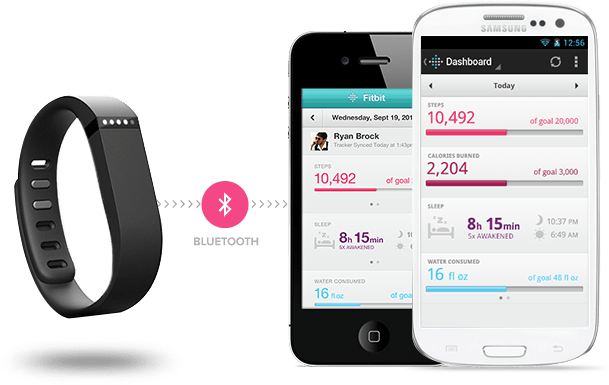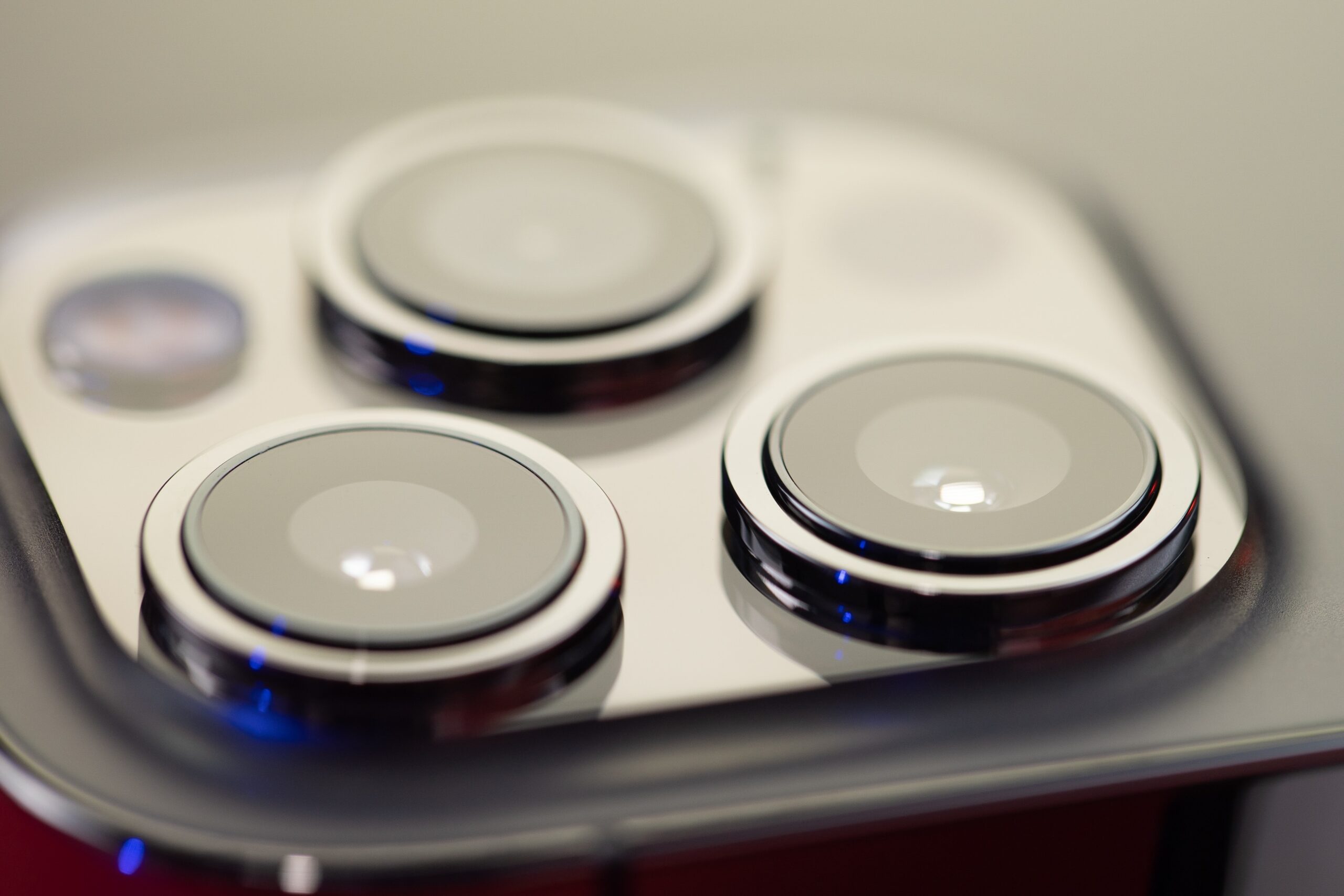There is a misconception that engineering wins in the end. It doesn’t. Perhaps it once did. Certainly over the last 60 years of technology engineering won out more than it does today. But today, pure engineering is simply less powerful in influencing adoption and consumer use. This has become acutely evident over the last 24 months.
Nick Bilton hit on part of this in his New York Time’s column a few weeks ago entitled Disruption: Design Rivals Technology in Importance. One can certainly argue design – industrial design – at it’s purest level is engineering. But this element of engineering – design – is different than the engineering that dictates how a product functions, what it does, and all of the engineering that goes along with defining the embedded technologies of a device.
You can see how engineering historically influenced purchase decisions and how it now suddenly doesn’t. Manufacturers use to market their devices with numbers – a classic engineering approach. If model 8000 was good then clearly model 9000 is better. Let the numbers speak. Let the specs define how useful the device is. But we’ve largely moved away from this approach. Sure we still at times name things sequentially. The iPhone 5 is “newer” and therefore probably “better” than the iPhone or the iPhone 4. But the iPhone experience isn’t really defined by a series of numbers. One of the touting features of the iPhone 5 is the inclusion of a secondary microphone on the back which is intended to cancel out ambient noise.
Last year I said 2012 was going to be the year of the interface. I believe that is exactly what we’ve seen materialize. For example, a large number of devices are now capturing information or performing other activities for the end user. But many of these devices lack much of a user interface.

Think of devices like the new Fitbit Flex which was recently launched at the 2013 CES. The device itself doesn’t really have an interface. The device captures information, transmits that information to a cloud service (via bluetooth and the cellular or WiFi connectivity of the smartphone). That service is essentially a curation service. The Fitbit (cloud service) curates an experience for the end-user by aggregating the captured information and using algorithms to provide insights back to the end-user. Those insights are provided back to the end-user not through the interface of the device – because remember the device doesn’t really have an interface – but rather through the smartphone. The smartphone becomes the interface for the device. The smartphone becomes the interface for the curated experience delivered back to the consumer. I said recently that the smartphone has become the viewfinder for our digital life. That is exactly what is happening here.
The engineering is clearly important. The engineering makes it all possible. It still adds value and there is still a tremendous amount of engineering innovation taking place. There is much more to come. I think we have only scratched the service of what is possible when it comes to embedded MEMS technologies in consumer devices for example. But the really interesting things are happening at the application level. MEMS sensors will digitize interesting information, but curation services will deliver value to the end-user. And because many/most elements of engineering can be replicated by others (especially given enough time), the interface is what differentiates the experience for the consumer. Simply put, engineering continues to add value but the design of the experience is defining the ultimate value for the consumer.
Last week I spoke at an event at the Hanken School of Economics. Timo Seppala also spoke and I’d like to highlight one of the points he made (you can read the underlying paper here). In talking about IP regimes, he argued there are two core types of patents – essential patents and platform patents. The essential patents are fundamentally engineering patents. As Seppala and Kenney write, ” traditionally, the mobile telecommunications industry has been an industry where standard setting and ownership of the essential IPR, such as GSM (global system for mobile communications), 3G (third generation mobile telecommunications), LTE (long term evolution), and other similar standards that play a significant role in defining market structure and the positions of industry firms.” You can think of essential patents as patents that cover things like radio, transmission, and telephony engineering.
Platform patents are patents covering things like sensors, materials, optics, digital data, signaling, speech recognition, and picture communication). Seppala and Kenney point out that platform patents are becoming more numerous and in fact are becoming the majority of patents in the mobile device space. More, companies like Apple, Google, and Microsoft come from a world of platform creation. They are each bringing mobile operating system (platforms) to mobile (and in the future other “smart”) devices.
We’ve seen significant leadership shifts within the mobile device marketplace over the last 24 to 36 months. Some of this shift is certainly explained by a shift in the way consumers are approaching these devices. Consumers are perhaps focusing less on the pure engineering experience of devices and more on the platform experience of the device and in turn the companies who have approached marketplaces from a platform perspective have benefited.
The consumer experience is clearly influenced by the engineering of a device. But increasingly, the consumer experience is being defined explicitly by more than the engineering of a given device.



